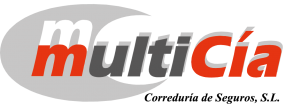Digital data transmission and data reception are the sign and reception of information over a point-to-Point or point-to-Multipoint interaction path. Types of these stations are a radio station waves, infrared light, fiber optic lines, compressed surroundings and pc networks. This type of tranny allows for a better data level than call up modems, as well as sign over large distances. Digital data tranny is usually carried out through the Internet in the form of email or CD-ROM. It can also be completed over cellular phone lines or perhaps through standard network cords.
The first step in digital data transmitting is to convert the analog signal into a digital signal, known as digital bit transformation (DTC). Consequently, the digital signal can be sent across the channel for the receiving devices where it is converted back in an analog signal. Finally, the transformed signal is converted back to a digital signal again, which can be then sent on to the consumer, who gets it in his keyboard, mouse button or other pointing device. There are essentially two styles of carrier frequencies included in digital info transmission: two binary (or binary to hex) and four binary (or hex to binary).
There are many different rewards to having an electric communications system that uses digital info transmission. As an example, an email system can offer instant calls with any individual around the world, although a voice communication can only be brought to a few people at this time. A well-designed e-mail system can allow you to send different documents in order to recipients and is subject to many security link protocols, including the encryption procedure. Digital information transmission as well allows for greater mobility, as you don’t have to be there next to your computer, to send a message. Email-based networks typically use digital data transmitting over a guaranteed connection say for example a VPN (virtual private network), which makes for safe transmission of confidential and protected information.

